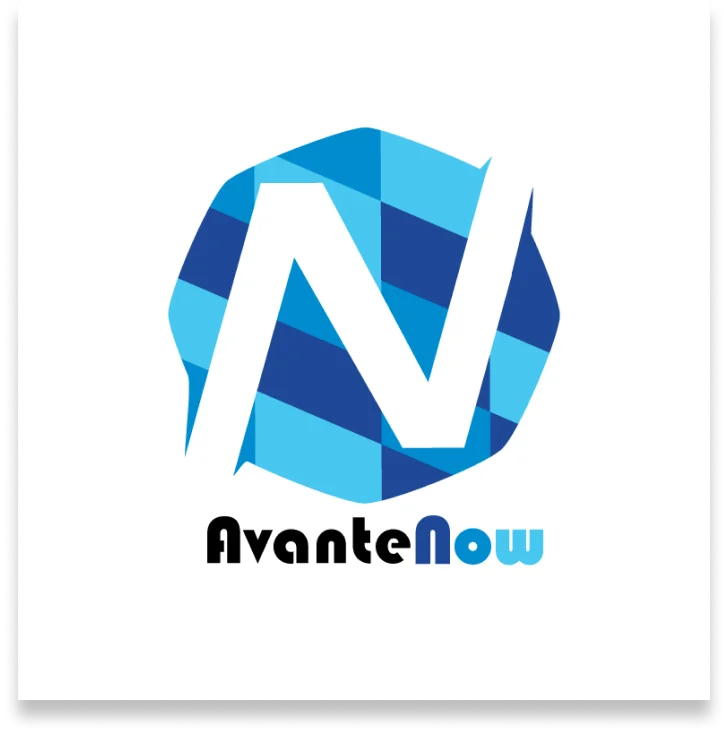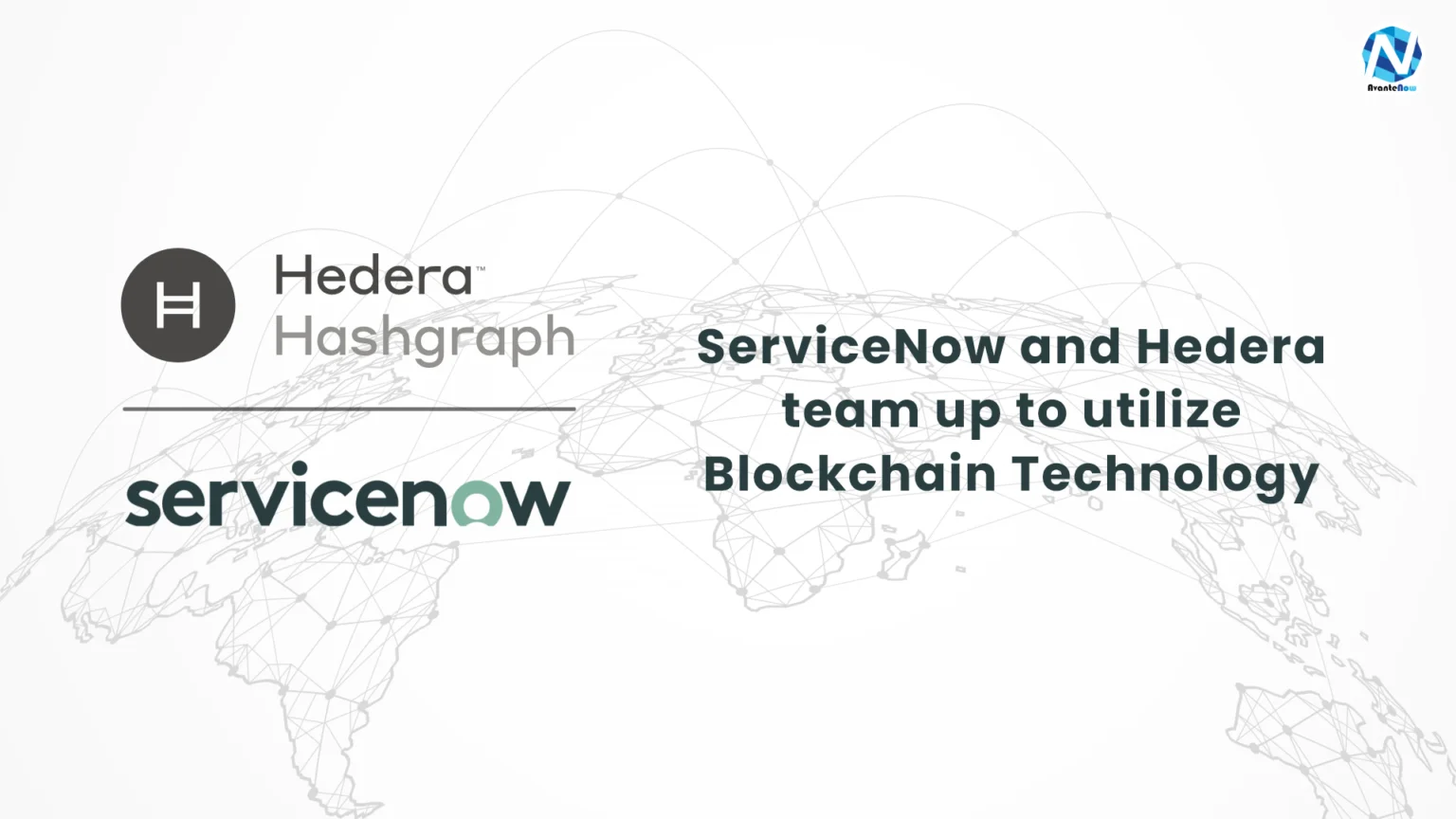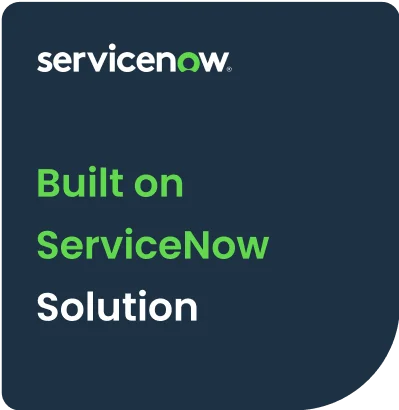ServiceNow recently announced a relationship with Hedera Hashgraph, one of the most popular blockchain networks, and will use this new technology to offer a “trust layer” to digital processes.
Blockchain technology has recently gotten a lot of attention, and it’s easy to see why. Blockchain, which was created to power Bitcoin, has the potential to disrupt everything from accounting to voting, but it’s unclear how to best utilize this disruptive technology. As usual, the ServiceNow product team is one step ahead, and they’ve already begun studying the various scenarios. The path they’re following is kind of blockchain-only, but they’ve picked Hedera as their platform, with a safe harbor notice.
ServiceNow recently announced a relationship with Hedera Hashgraph, one of the most popular blockchain networks, and will use this new technology to offer a “trust layer” to digital processes. This is supposed to simplify complicated business procedures in service industries like healthcare and banking, where data might be compromised during transmission if adequate verification mechanisms are not followed.
So what is Hedera and how is it different from existing Blockchain Technology?
Hedera is a new platform that has the potential to be a viable alternative to traditional blockchain technology. To validate transactions, every blockchain currently employs a ‘consensus mechanism.’ For example, the Proof-of-Work (PoW) technique is used by older blockchains like Bitcoin and Ethereum. Each node (or miner) uses its processing capacity to solve complicated mathematical problems in order to access and authenticate transactional data.
The more energy-efficient Proof-of-Stake (PoS) technique is used in newer blockchains. Ethereum is likewise in the midst of switching to a proof-of-stake system. To qualify as transaction approvers in PoS, miners must promise the blockchain’s native coin to the network. As the amount of cryptocurrency devoted to the blockchain grows, the chances of becoming a miner increase. A person who invests ten Hedera in the blockchain, for example, is more likely to become a miner than someone who invests only seven.
Hedera (HBAR) is the native cryptocurrency of the Hedera Hashgraph system, a uniquely constructed technology that promises to be quicker, more efficient, and more secure than blockchain.
Key Features of Hedera Protocol:
- The Gossip Protocol
Hedera employs its ground-breaking ‘Gossip’ protocol. To record and authenticate transactions, each node on the network communicates with every other node on the network. This results in a rapid rate of communication. The backbone of the Hashgraph Consensus Mechanism is a Directed Acyclic Graph (DAG), which is made up of a network of individual transaction data, each connected to all other data.
The Hashgraph consensus process builds a graph that represents each node’s communication with another. The network’s communication history grows over time, and this data is kept as a graph on each node. The sender and time of reception are recorded each time a node gets some communication. The ‘gossip about the gossip’ is then recorded on the machines scattered over the network, resulting in a large graph of communication history.
When this graph is visited, it reveals the transaction history, the names of the persons involved, and the transaction’s exact time. The two hashes are recordings of when one node sent out the communication and when it got its last message — in other words, a record of the transaction authentication on all computers in the network.
One ’round’ captures a specific amount of messages. In each round, a ‘celebrity witness’ verifies the transaction history. The famous witness is the node that receives the communication first, before any of the other nodes in that round. The chosen nodes then interact or ‘gossip’ with each other to verify the data obtained.
Unlike the PoW consensus system, which selects one miner for every block to start the block creation process, the Hashgraph consensus mechanism is a network of nodes that mutually agree to add collectively verified data to the block. Once the data has gone through this verification procedure, it is added to the decentralized ledger with 100 percent ‘finality,’ which means it cannot be tampered with, altered, or reversed.
- Public Distributed Ledger
Furthermore, unlike blockchains, which store data in the form of blocks and link them together, the Hedera network — a distributed ledger – saves data on all linked computers on its network.
According to blockchain protocols, if two blocks are generated at the same time, one of them will be removed from the ledger. The system’s nodes will decide which block to add. This is done to prevent the blockchain from forking, which is when one chain splits into two chains, and each time forking occurs, the blockchain will expand indefinitely like a tree.
If new blocks arise quicker than they can be removed, blockchains can become defunct. This is due to the fact that the tree’s branches must develop before they may be trimmed. This is also why certain blockchains utilize the PoW consensus process to limit growth artificially.
On the other hand, Hedera Hashgraph discards nothing and uses everything. After consensus, all transaction data is put into the ledger, and nodes can communicate with one another to get it. As a result, it’s ‘un-forkable.’
- Fully Decentralised Governance
The Hedera Hashgraph contains a governance structure that is unique in its own right. The Governing Council is made up of 39 industry executives from 11 various industries and locations. The Governing Council makes all decisions regarding critical software upgrades, network pricing, wealth management, etc.
Members of the Governing Council do not make any profit from the network and services for a fixed period of three years. With the exception of Swirlds, the originator of hashgraph, who has a perpetual seat and equal vote on the Governing Council, the maximum tenure permitted is two consecutive terms.
Future of the digital universe
The digital landscape is always changing. However, blockchain technology breakthroughs and applications are transforming the world of digital assets and even finance as we know it. With the advancement of digitization, we will see more and more changes. The rapidly increasing digital world is having a significant and obvious impact on our daily lives, and it will continue to do so for the foreseeable future.



